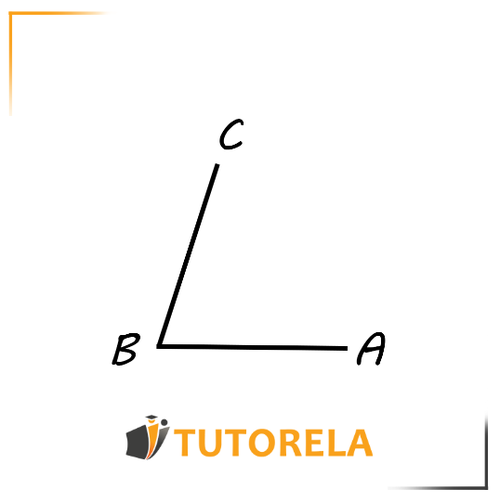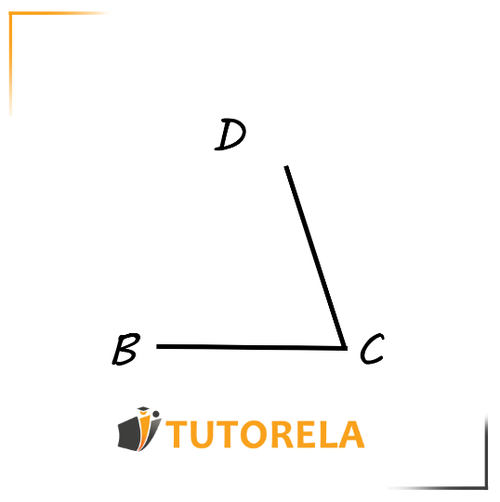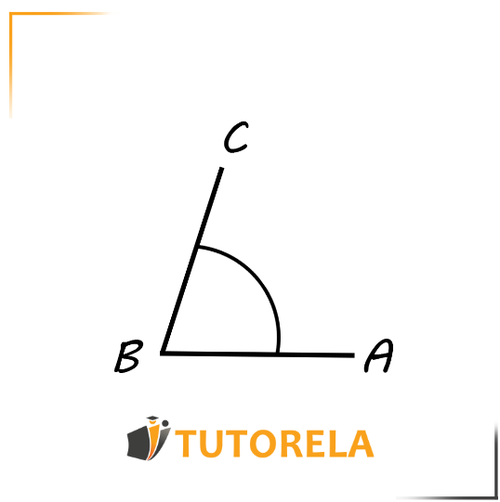Definition: Angles are created at the intersection between two lines. As seen in the following illustration

The angle in the illustration is called . We could also call it angle . The important thing is that the middle letter is the one at the intersection of the lines.
For example, in this case:

The angle is or . Both notations are correct for the same angle.
We usually mark the angle with an arc as follows:

The marked angle is . Sometimes we will denote angles using Greek letters, for example:
or
Before the name of the angle, we should note the angle symbol, like this:
Together it looks like this:
or
Next, we will delve into the size of angles, the different types, and those that are created when a line intersects two parallel lines.